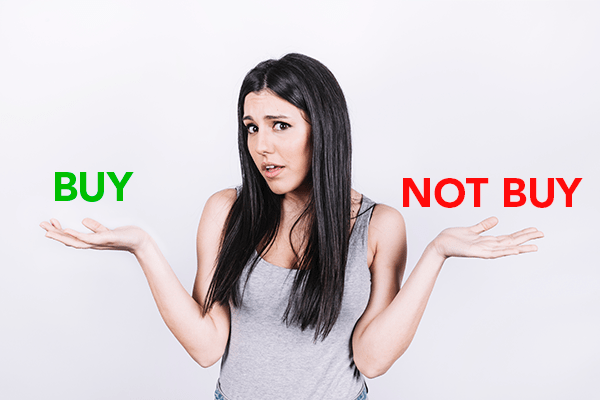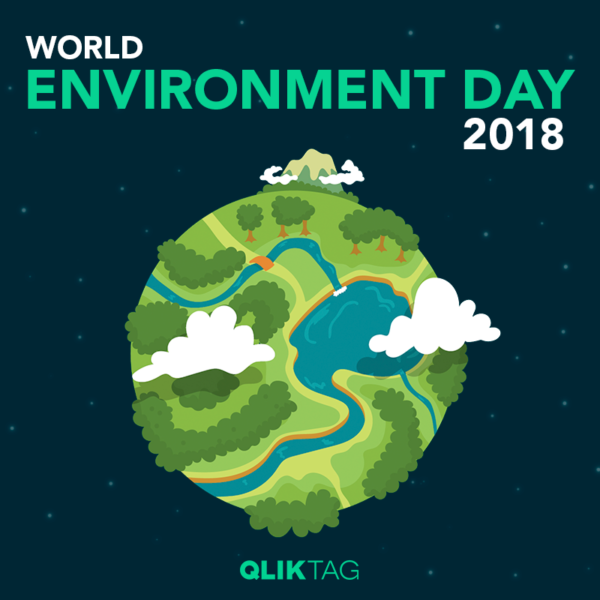Buying behavior is changing.
Consumers are far more conscious of what they buy, what they eat, what they put on their bodies and how their purchases impact the environment and others.
Today’s consumers are increasingly becoming cautious with their shopping decisions, wanting to know more and more about the products they consume. They are actively looking at packaging labels that tell a healthy or sustainable story. And brands are expected to communicate the information they’re seeking.
Consumers are not just curious about the ingredients on the packaging, but also, where they come from.
So, What Exactly Are Consumers Looking For?
When a customer picks up a product today and browses through its packaging, what exactly are they looking for beyond the obvious? Let’s take a look
What is Inside this Product?
Consumers don’t want just a list of ingredients on their products, they want to know where those ingredients come from, what they are and whether those ingredients are safe, healthy, and sustainable. For example, there is a large section of consumers avoiding the use of palm oil since they’re aware of the environmental damage the palm oil industry has contributed to.
Consumers are aware of certain kinds of fish which are endangered by overfishing or contain high levels of mercury if they are from certain catch zones. They look for what kind of sweeteners are in their products and whether those sweeteners can have a health impact among scores of other red flags related to ingredients.
Where Did This Come From?
As opposed to reading a list of ingredients, consumers want detailed information on what makes the products they buy and what impact it has on their bodies and the environment. They are looking for traceability information. They want information about its origin and visibility into the supply chain. Consumers are now seeking answers to where their product comes from? They want to know the journey it took to reach the shelves and their homes. What kind of a footprint did this product leave on its journey?
Did This Product Hurt Anyone or Anything Along the Way?
Given the times we live in, it is imperative to ask, what countries was it produced in, do they have fair practices in those places? Consumers are enquiring whether the products they are buying were produced using ethical manufacturing practices or was it made using sweat labor or forced labor in another part of the world? Consumers are aware of illegal cross-country trade and practices. They are aware of the implication of furniture built from wood that was illegally chopped down.
Is this organic?
More than a right to know, consumers need to know whether the product they are paying for contains toxins? Whether it is genetically modified or organic? Consumers want to know whether they are ingesting pesticides through their purchased products. They need to be aware of these toxins and then make an informed decision whether they would like to invest their money in that product. Specially toxins like mercury and lead. More consumers are now concerned about added preservatives or avoiding products with high levels of fluoride. For instance, avoiding meat loaded with antibiotics. Consumers are aware of microplastic particles that exist in toothpaste and other cosmetics and the environmental impact of these. They tend to skip these products altogether.
How Did this Impact the Environment?
Awareness of single-use plastic, packaging and the impact on nature is growing like never before. With efforts from communities, organizations, and individuals, people are becoming aware of the horrors of single-use plastic. According to LA Times, half a billion straws are used every day. Refusing straws is becoming a trending practice all over the world. Moreover, people are avoiding single-use plastic altogether and opting for jute, paper or cloth bags for their grocery shopping.
Today’s consumers have heightened sense of cautiousness when it comes to consumption patterns and their subsequent impact on the ecosystem. Environmental concerns have an impact on the consumer’s purchasing decision. Most consumers wonder whether the product is safe for the environment and their health? How does it contribute to climate change and the global carbon footprint?
These are just some of the big issues that a lot of consumers know about now and subconsciously or consciously process when they pick up a product.
Moreover, the world is warming up to the idea of mindful consumption habits that are born out of ethical practices, transparency, and accountability. Consumers are looking for way more information than those in the last few generations. As traditional product labeling in print has restrictions as well as limitations to meet this growing need for more detailed product information, it is time for brands to think how well they can communicate their stories to the customer about their products and efforts in meeting consumer expectations.
Several organizations and brands have taken commendable steps with their products by either consciously replacing an ingredient, changed sourcing for an ethical reason, made efforts to reduce their organizational footprint or packaging.
The question that remains – “Are we effective as a brand in delivering that information to the consumer at the point they are asking these questions?”
As traditional product labeling in print has restrictions as well as limitations to meet this growing need for more detailed product information, it is time for brands to leverage smart connected products to communicate their stories to the customer about their products and efforts in meeting consumer expectations.




